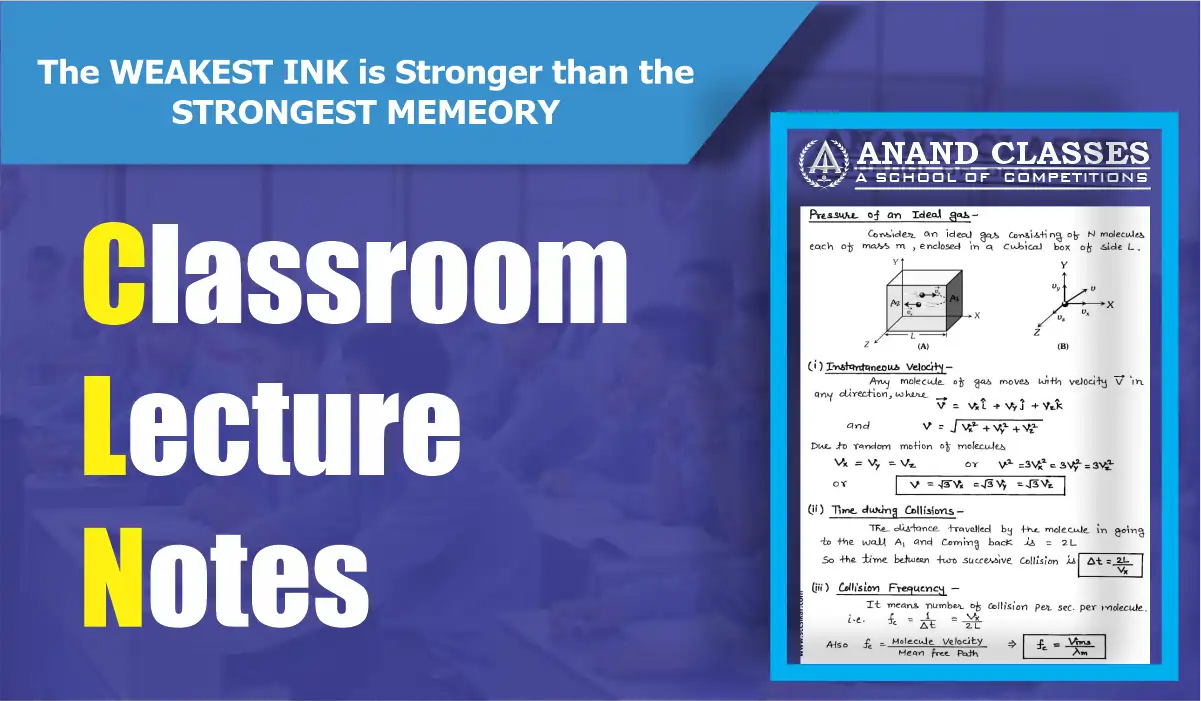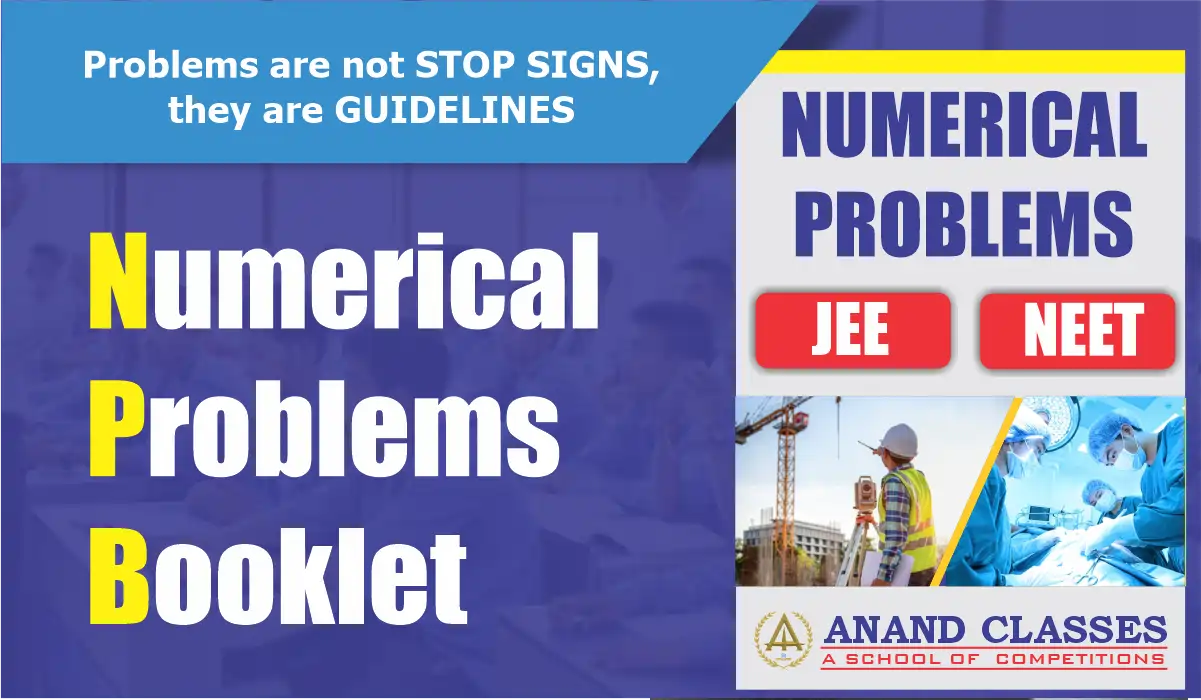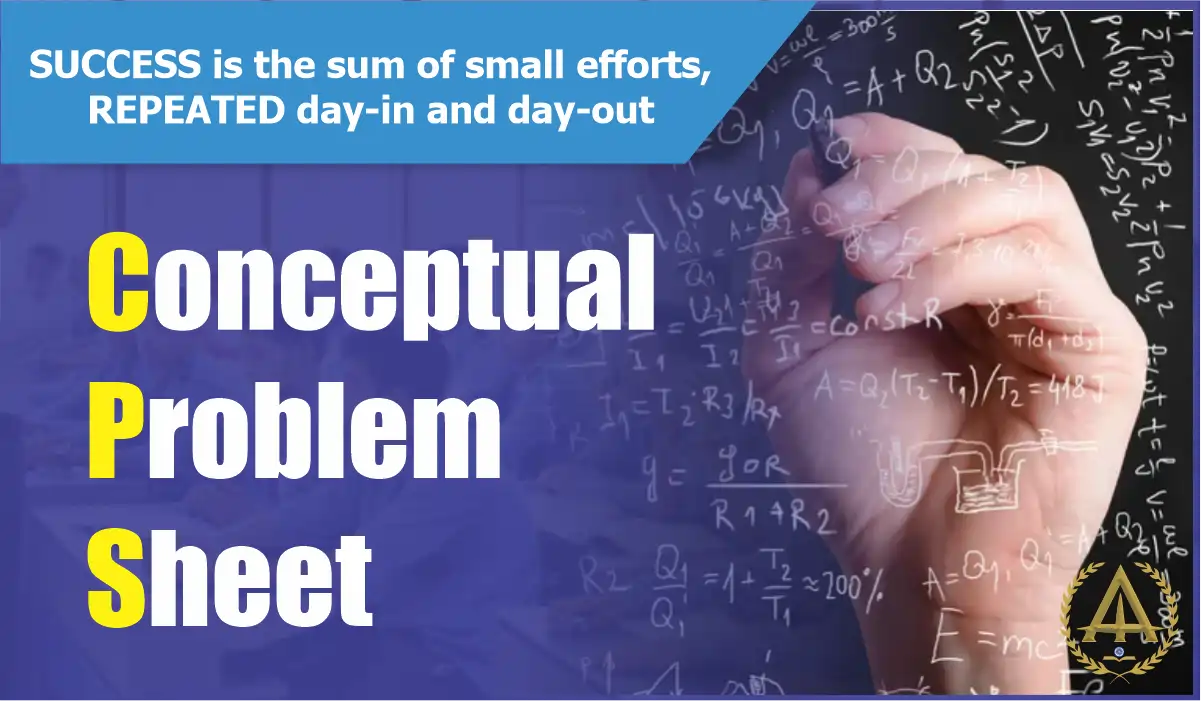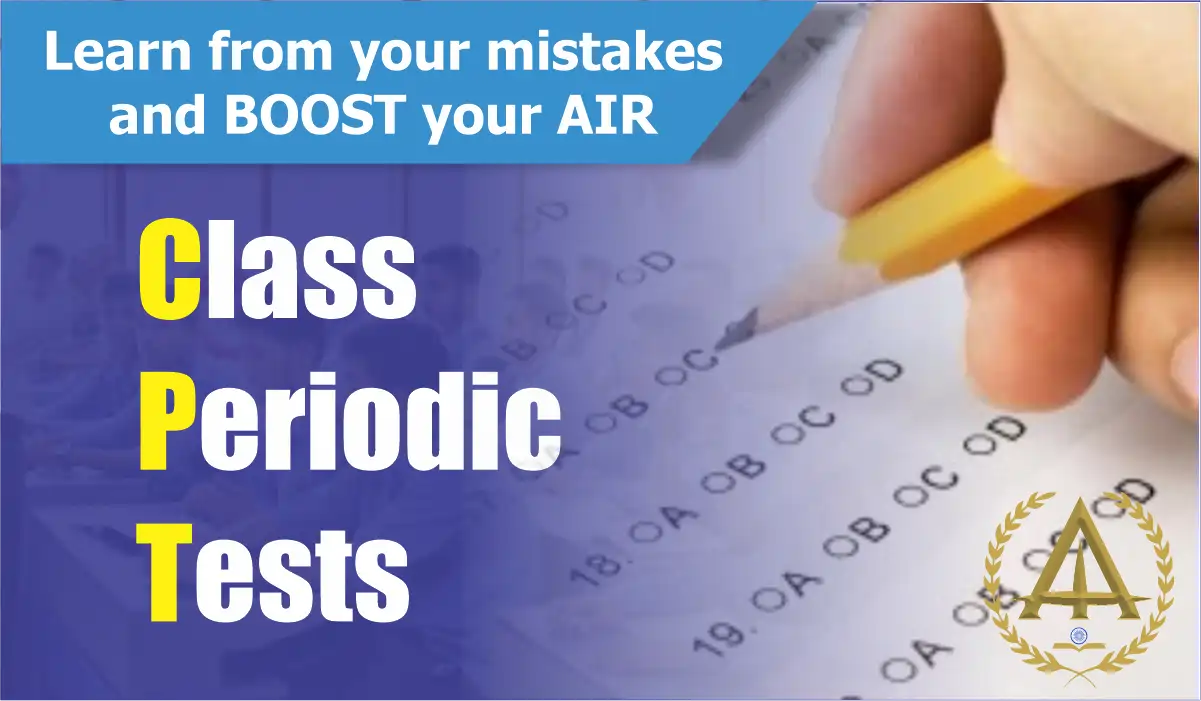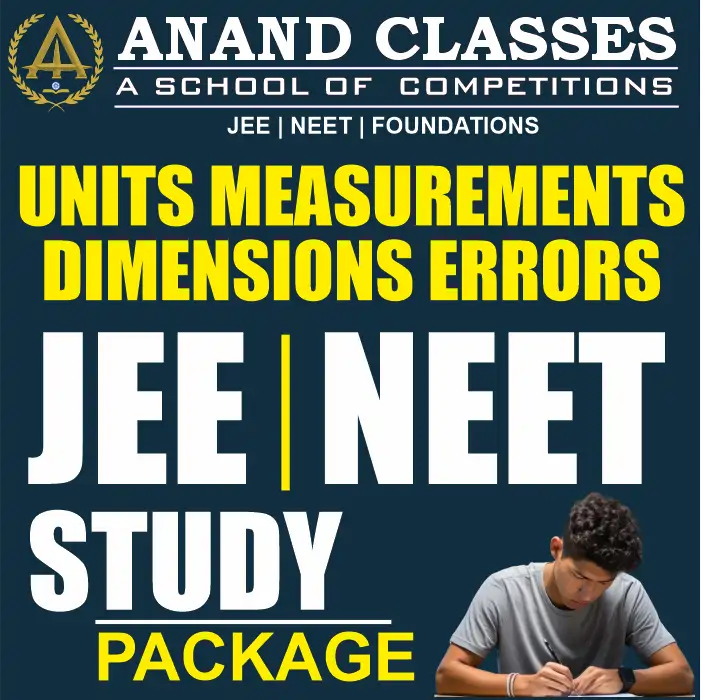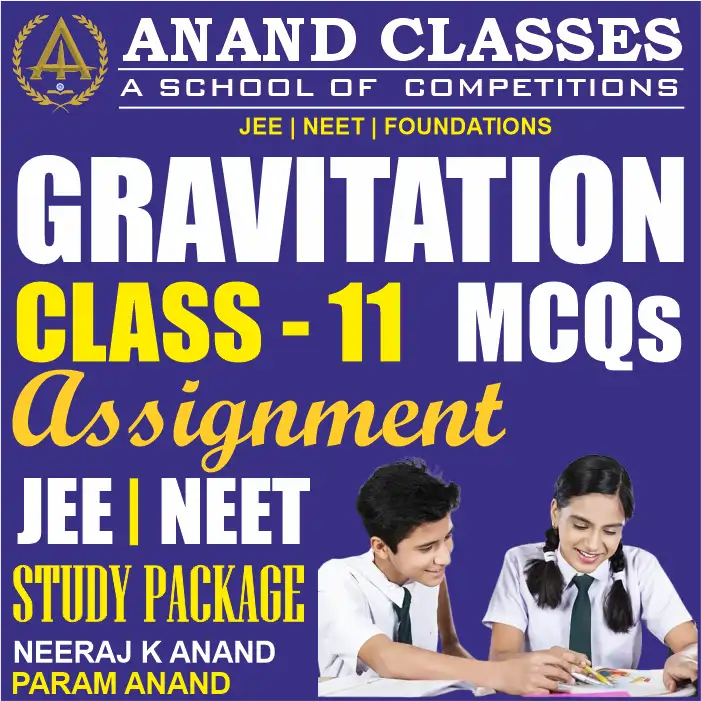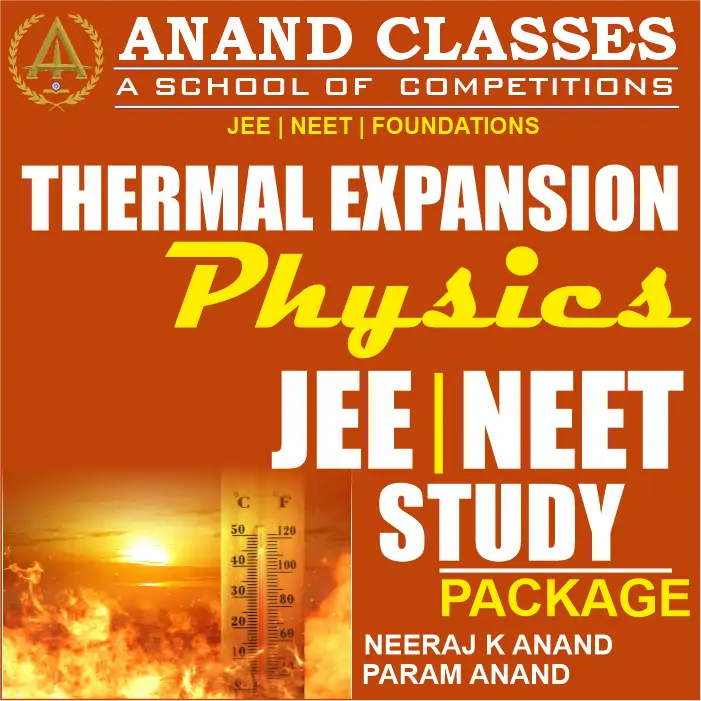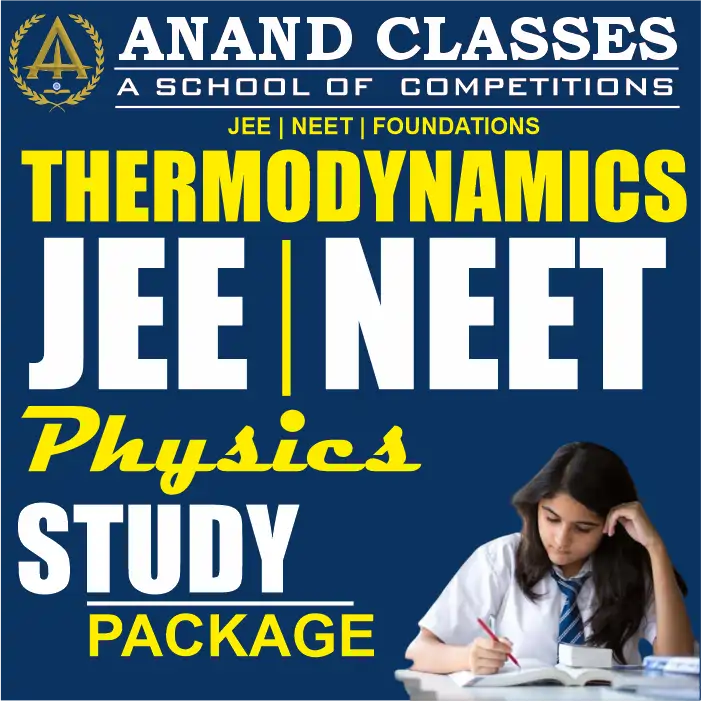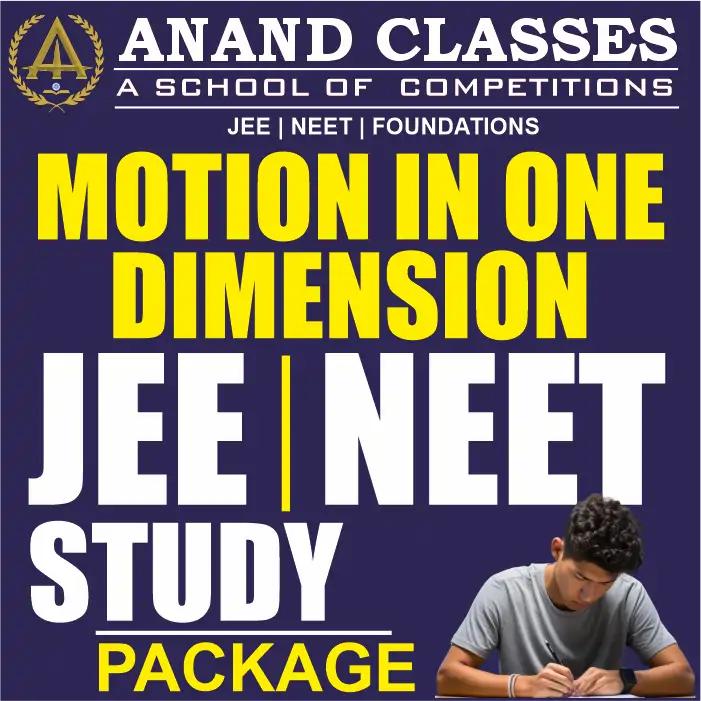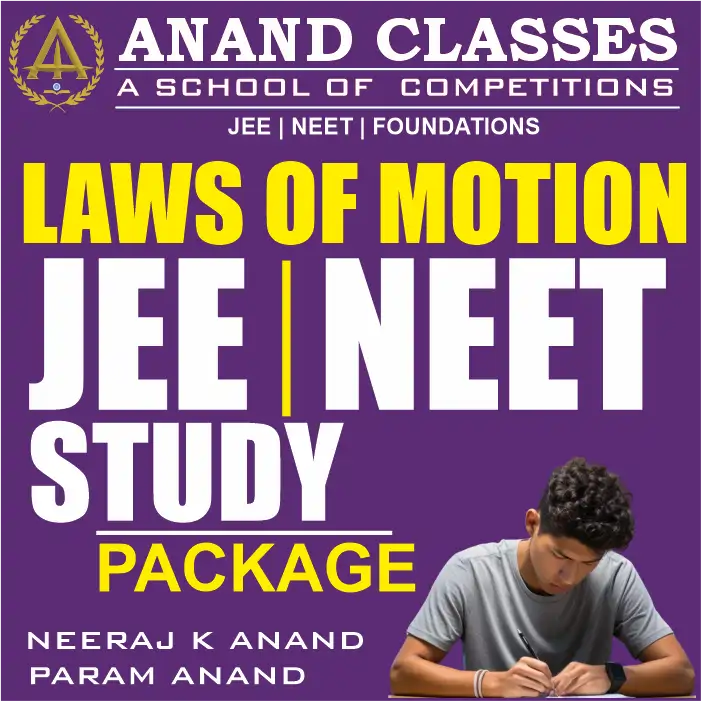Units Dimensions Measurement and Errors Notes With JEE NEET MCQS Physics Class 11 CBSE Study Material Full Chapter Download pdf-Anand Classes
History of measurement
Measurement is one of the fundamental concepts in science. Without the ability to measure it would be difficult for scientists to conduct experiments and form theories. The word “measurement” comes from the Greek word “metron,” which means “limited proportion.”
Measurement is a technique in which the properties of an object are determined by comparing them to a standard.
The Seven Base Units of Measurement
- Length – Metre (m)
It is defined as the length of the path travelled by light in an interval of exactly 1/1299792458 seconds.
It is based on the fundamental quantity, the speed of light in a vacuum which is c = 299,792,458 m/s.
- Time – Second (s)
It is the time taken by 9,192,631,770 periods of oscillations of the light emitted by a caesium -133 atom corresponding to the transition between two hyper-fine levels of the ground state. This is determined by using highly precise atomic clocks.
- Mass – Kilogram (kg)
It is the mass of a prototype platinum-iridium cylinder kept at the International Bureau of Weights and Measures in Paris, France. Copies of this cylinder are kept by many countries which use them to standardise and compare weights.
- Electric current – Ampere (A)
The constant current which, if maintained in two straight parallel conductors of infinite length and negligible circular cross-section when placed 1 m apart in vacuum, would produce a force equal to 2 x 10-7 newton per metre of length between these conductors. While, it may appear that electric charge should have been used as a base unit, measuring current is far easier and hence is chosen as the standard base unit.
- Temperature – Kelvin (K)
The SI unit of temperature is Kelvin. It is exactly 1/(273.16) of the thermodynamic temperature of the triple point of water. The triple point of water is a fixed temperature and pressure at which the solid, liquid and gaseous states can exist at the same time.
- Amount of a substance – Mole (mol)
The mole is the amount of substance which contains as many entities as there are atoms in 0.012 kg of carbon-12. A mole contains an Avogadro number of entities. Check out our chemistry articles to know more about the Avogadro number.
- Luminous Intensity – Candela (cd)
It is the luminous intensity of a source that emits radiation of a constant frequency of 540 x 1012 Hz with a radiant intensity of 1/683 Watt per steradian in any given direction.
Derived Units
The units of measurement derived from the seven base units specified by the International System of Units are known as SI derived units. They are either dimensionless or can be expressed as a product of one or more of the base units, possibly scaled by an appropriate power of exponentiation. The names of SI derived units, when written in full, are always in lowercase. However, the symbols for units named after persons are written with an uppercase initial letter. For example, the symbol for hertz is “Hz”, but the symbol for metre is “m.” In the table below, we have given a list of derived units.
| Name | Symbol | Quantity |
| hertz | Hz | Frequency |
| radian | rad | angle |
| newton | N | force, weight |
| farad | F | electrical capacitance |
| ohm | Ω | electrical resistance, impedance, reactance |
| weber | Wb | magnetic flux |
| degree Celsius | °C | temperature relative to 273.15 K |
| becquerel | Bq | radioactivity (decays per unit time) |
Frequently Asked Questions – FAQs
What is measurement?
Define a unit.
What are significant figures ?
Define supplementary units.
How is force measured in a metric system?
What are units and measurements?
Units and measurement, which is given in the Class 11 physics textbook, offer basic knowledge about how the quantities are measured and the types of units that are used with them.
What is the system of units?
Some of the common systems of units that are used in physics are:
- CGS system
- FPS system
- MKS system
- SI system
What is known as the fundamental quantity?
Certain quantities have been chosen as fundamental quantities because physics is considered to be quantitative science. They are:
- Length
- Mass
- Time
- Electric Current
- Thermodynamic Temperature
- Amount of Substance
- Luminous Intensity
What is an SI unit?
The term stands for International System of Units, which has regulated seven base units to be used to represent quantity around the world. These units are:
- Metre
- Kilogram
- Second
- Ampere
- Kelvin
- Mole
- Candela
Important Questions
- Provide an Explanation for this statement:
“To call a dimensional quantity ‘large’ or ‘small’ is meaningless without specifying a
standard for comparison”. Reframe the following statements in view of this :
(a) atoms are small structures
(b) a jet plane travels at a maximum speed
(c) Jupiter’s mass is very large
(d) the air contains a large number of molecules
(e) a proton massive than an electron
(f) the speed of sound is lower than the speed of light.
- Let’s suppose a unit of length is chosen such that the speed of light in the vacuum is unity. What will be the distance and displacement between the Sun and the Earth in terms of the new unit if light takes 8 min and 20 s to cover this distance?
- Which is the most precise device for measuring length :
(a) vernier callipers with 20 divisions on the sliding scale?
(b) a screw gauge of pitch 1 mm and 100 divisions on the circular scale?
(c) an optical instrument that can measure length to within a wavelength of light?
Frequently Asked Questions on CBSE Class 11 Physics Notes Chapter 2 Unit Measurements
What is a unit of measurement?
A standard amount of a physical quantity, such as length, mass, energy, etc, specified multiples of which are used to express magnitudes of that physical quantity, is called a unit of measurement.
What is the definition of speed?
The ratio of the distance travelled by an object (regardless of its direction) to the time required to travel that distance.
What is relative error?
Relative error: When used as a measure of precision, it is the ratio of the absolute error of a measurement to the measurement being taken.
Significant Figures
Significant figures are used to establish the number which is presented in the form of digits. These digits carry a meaningful representation of numbers. The term significant digits are also used often instead of figures. We can identify the number of significant digits by counting all the values starting from the 1st non-zero digit located on the left. For example, 12.45 has four significant digits.
The significant figures of a given number are those significant or important digits, which convey the meaning according to its accuracy. For example, 6.658 has four significant digits. These substantial figures provide precision to the numbers. They are also termed as significant digits.
Rules for Significant Figures
- All non-zero digits are significant. 198745 contains six significant digits.
- All zeros that occur between any two non zero digits are significant. For example, 108.0097 contains seven significant digits.
- All zeros that are on the right of a decimal point and also to the left of a non-zero digit is never significant. For example, 0.00798 contained three significant digits.
- All zeros that are on the right of a decimal point are significant, only if, a non-zero digit does not follow them. For example, 20.00 contains four significant digits.
- All the zeros that are on the right of the last non-zero digit, after the decimal point, are significant. For example, 0.0079800 contains five significant digits.
- All the zeros that are on the right of the last non-zero digit are significant if they come from a measurement. For example, 1090 m contains four significant digits.
Rounding Significant Figures
A number is rounded off to the required number of significant digits by leaving one or more digits from the right. When the first digit in left is less than 5, the last digit held should remain constant. When the first digit is greater than 5, the last digit is rounded up. When the digit left is exactly 5, the number held is rounded up or down to receive an even number. When more than one digit is left, rounding off should be done as a whole instead of one digit at a time.
There are two rules to round off the significant numbers:
- First, we have to check, up to which digit the rounding off should be performed. If the number after the rounding off digit is less than 5, then we have to exclude all the numbers present on the right side.
- But if the digit next to the rounding off digit is greater than 5, then we have to add 1 to the rounding off digit and exclude the other numbers on the right side.
Significant Figures Examples
Q.1: Identify the number of significant digits/figures in the following given numbers.
45, 0.046, 7.4220, 5002, 3800
Solution:
| Number | Number of Significant digits/figures |
| 45 | Two |
| 0.046 | Two |
| 7.4220 | Five |
| 5002 | Four |
| 3800 | Two |
Q.2: Write 12.378162 correct to 4 significant digits.
Solution:
The number 12.378162, rounded to 4 significant digits is 12.38
Hence, 12.38 is the answer.
Practice Questions
- Determine the number of significant digits from the following given numbers.
84, 0.084, 5.8480, 2005, 8400
- Solve the following 4.76 + 5.62 + 33.21 and find the number of significant digits/figures.
- Estimate the number of significant digits from the following computations. 5.2 x 103 x 6.732 x 103
- Write 45.378212 correct to 3 significant digits/figures.
Keywords :
dimensional units measurement, units dimensions and measurements, units dimensions and measurements class 11 notes, units dimensions and measurements pdf, units dimensions and measurements questions, units dimensions and measurements notes, units dimensions and measurements short notes, unit measurement dimensional analysis, unit dimensions and measurement mcq, what is units measurement, unit dimensions and measurement notes, units dimensions and measurements, unit dimensions and measurement mcq, units dimensions and measurements pdf, units dimensions and measurements questions, units dimensions and measurements short notes, unit dimension and measurement class 11 questions, unit dimension and measurement class 11 pdf, unit measurement dimensional analysis, what is the difference between a dimension and a unit, unit dimensions and measurement mcq, what is units measurement, which units measure length, units dimensions and measurements pdf, what is units measurement, what is the standard unit of measuring land area, dimensions of units, what are measurement dimensions, measurement units and dimensions in physics pdf, what is units measurement, which units measure length, units dimensions and measurements class 11 notes, unit dimension and measurement class 11 questions, unit dimension and measurement class 11 pdf, what is units measurement, units and measurements dimensional formula, what are measurement dimensions, what is units measurement, unit dimensions and measurement notes, unit dimension and measurement neet questions, dimensions of units, what is the difference between a dimension and a unit, what is units measurement, units dimensions and measurements questions, which units measure length, how dimensions are measured, dimensions unit of measurement







